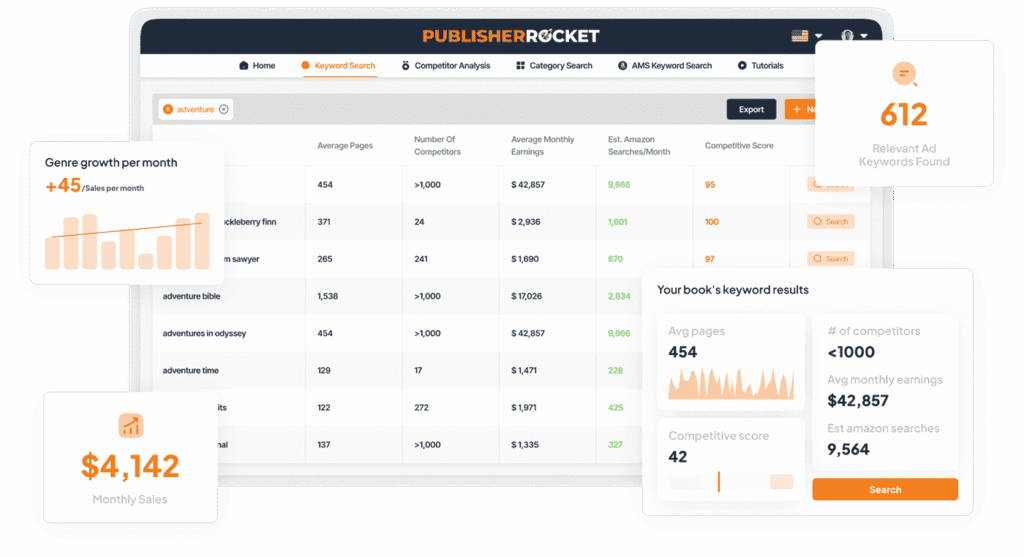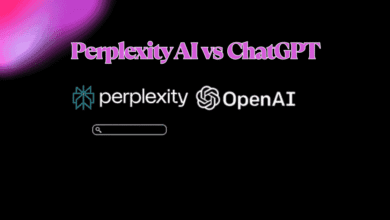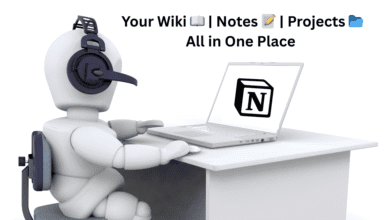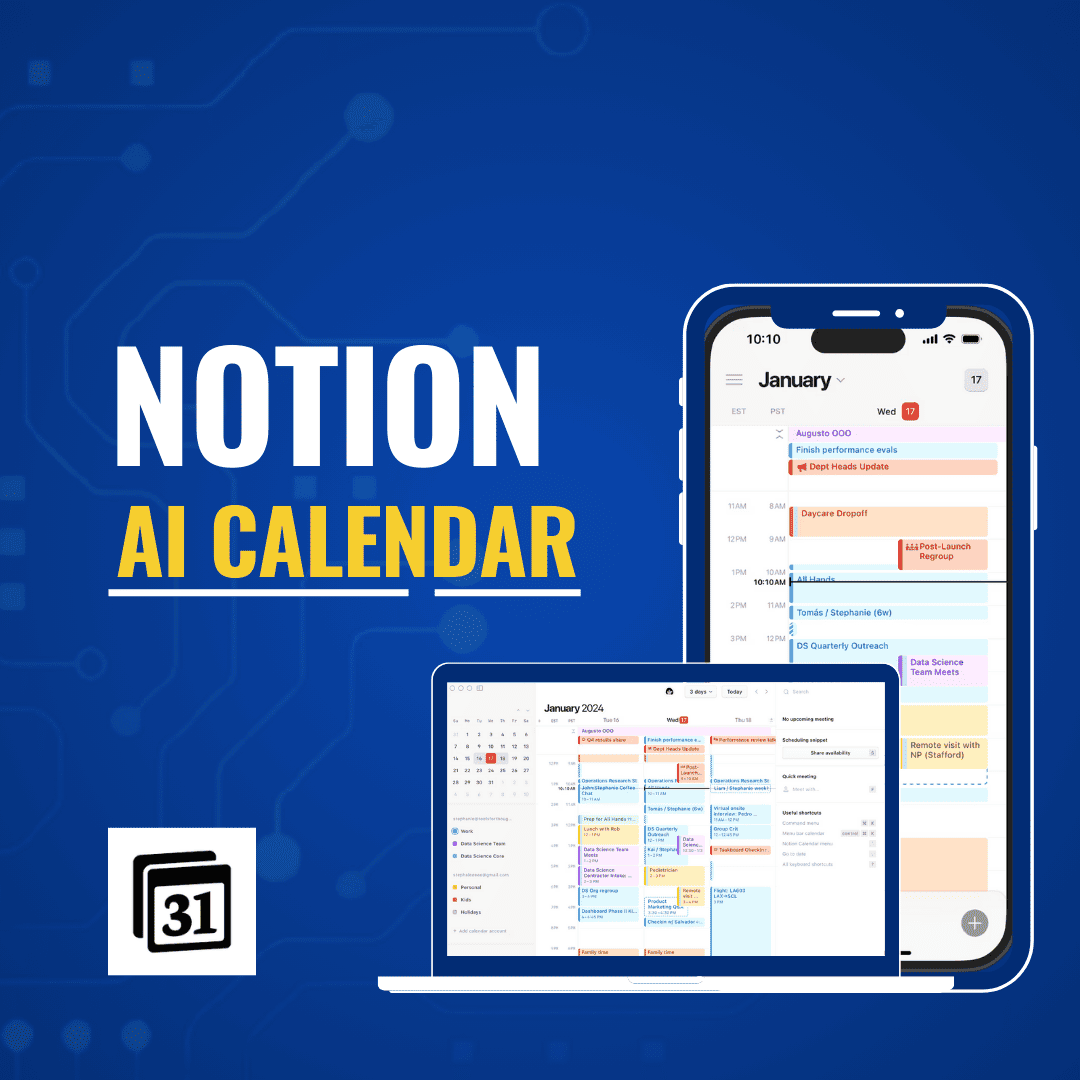how to use ai to write a non fiction book

One of the most common questions I receive on my website is: How do you write non-fiction using AI? I have lot of knowledge about those questions. There are as many ways to write non-fiction with AI as there are authors. The topic, your voice, your goals everything plays a role. In this article I will share my personal process on how to use ai to write a non fiction book.
I’ve written and published three non-fiction books with the help of AI, and the process is quite different from writing fiction. In this article, I’ll walk you through how it’s different, and show you every step from idea to publication, with AI as your assistant.
Step 1: Niche Brainstorming
You’ve probably seen advice out there that tells you to find underserved niches and pump out books using AI, ghostwriters, or shortcuts. The idea is to flood the market and chase short term profit. But I don’t recommend that. In fact, I advise strongly against it.
Why? Because the rise of AI is going to saturate those easily and quickly earned money niches even more. Instead, choose a niche that is meaningful to you, something you’d be happy to build an entire career or business around. Ideally, this is a niche where you could create books, YouTube content, newsletters, even start a brand. That’s how you create long term success and provide real value.
A great way to find your niche is by creating organic content and seeing what resonates. That’s what many successful authors like Mark Manson did his bestselling book, The Subtle Art of Not Giving a F…, started as a viral blog post.
If you’re eager to jump straight into writing, ask yourself two questions:
- What do I have an abnormal amount of skill in?
- What do I have an abnormal amount of interest in?
Your answers will point you toward a niche worth exploring.
Use ChatGPT to Find Your “Ikigai”
One useful exercise is to use ChatGPT to help you explore your Ikigai, a Japanese formula that loosely means “your life’s purpose.” Prompt ChatGPT with something like:
“Help me find my Ikigai. Ask me questions about what I love, what I’m good at, what the world needs, and what I can be paid for. Then give me a list of non-fiction topics that align with my Ikigai.”
Once you answer those questions authentically, ChatGPT can generate a list of meaningful non-fiction topics.
In my case, I received results ranging from “AI and the Future of Storytelling” to “The Craft of Fandom” topics I am either skilled in, interested in, or both. From there, I asked ChatGPT to give me 100 simple seed keywords (1–2 words long) to start validating ideas.
Step 2: Niche Validation
Even if you’re passionate about your niche, it’s worth checking to see if there’s demand. Sometimes passion is enough, especially if you’re building something meaningful. But other times, validating demand can help you decide which passion project to tackle first.
Start by taking those seed keywords and testing them using tools like Publisher Rocket, which helps you analyze the Amazon book market.

Let’s say “Positive Masculinity” came up as a keyword. Insert it into Publisher Rocket to review the monthly data, competition metrics, and average revenue associated with it.
In this example, it had low search volume, but the competition score was favorable. That could be a green flag if you’re passionate about the topic and believe you can stand out.
I also explored “Cosplay” as a keyword. While monthly searches weren’t high, the competition score was excellent indicating that it might be easier to rank well on Amazon.
The trick is to find niches with a balance between demand and competition. You don’t need massive search volume if you already have or plan to build an audience through YouTube, TikTok, newsletters, etc.
Step 3: Deep Dive Into Keyword Research
Let’s say you find a promising keyword, like “Woodworking Plans.” Dig deeper with Publisher Rocket:
This helps you understand what readers are looking for and where there might be gaps. For example, a book with “woodworking templates” might be ranking well, but you could create a more focused or visually appealing version.
You can even use Publisher Rocket’s Reverse ASIN feature. Just find the ASIN number of a top-ranking book on Amazon, paste it into the tool, and it will show you which keywords that book is ranking for. This is gold for identifying keywords to target in your own book listing.
Building a Business Around a Book
Don’t think of your book as a standalone project. It can be the foundation of a brand or business. Writing with AI lets you move faster, test more ideas, and validate what resonates.
If you choose a niche you’re genuinely excited about one that aligns with your skills, passions, and purpose. You can build not just a book, but a business that sustains you.
Step 1: Validate Your Niche
Before you write a single word, you need to validate your book’s niche. Some niches are hits, while others are misses. For instance, a niche like “The Greatest Book of Useless Information” might not have much potential, despite being part of a recognizable series.
Ask yourself:
- Is this niche in demand?
- Is it oversaturated?
- Can you narrow it down further?
For example, instead of just “woodworking,” consider more specific audiences like:
- Woodworking for busy professionals
- Woodworking for teens
- Woodworking for children
Tools like Publisher Rocket can help you explore sub-niches and uncover underserved audiences.
Step 2: Decide on a Marketing Strategy
If you’re writing about something you’re passionate about, but it’s either oversaturated or too niche, you may not get much organic visibility on Amazon. In that case, consider building your own audience through:
- YouTube
- Podcasts
- Social media
- Newsletters
This method takes longert that how to use ai to write a non fiction book, but it’s more effective. Build a community first, then sell your book to that audience. It’s the approach I took for my own books, and while slower, it has proven more sustainable and profitable.
Step 3: Outline the Structure
Now comes the outlining phase. Start by brainstorming topics you want to cover. You can use AI tools like Gemini to generate chapter ideas. Take these as suggestions and mold them based on your unique perspective and expertise.
My Go-To Structure for Non-Fiction Books:
- Introduction:
Highlight the benefits the reader will get from the book. Paint a compelling vision of their future. Show them why they need this book. - Personal Story:
Share your connection to the topic. Why should readers trust you? Making it personal helps readers relate and build trust. - Problems and Solutions:
Find 2 to 3 problems that your readers face and provide easy solutions. You can either list all problems first and then their solutions, or pair them together. - Case Studies:
Share real-life examples or testimonials to demonstrate that your solutions actually work. These can be from your own experience or borrowed from others (with proper credit). - Step-by-Step Guide:
Provide a clear, actionable plan for the reader to follow. This is the meat of your book. - Vision of the Future + Call to Action:
Revisit the benefits and transformation. Then, offer the reader a next step whether that’s joining a newsletter, enrolling in a course, or reaching out for consulting.
Step 4: Chapter Outlining
Outline each chapter using a simple but powerful structure:
- Hook: Capture attention with a compelling idea or question.
- Story: Share a relevant personal or external story to connect emotionally.
- Information: Provide the necessary facts, steps, or advice.
Avoid dry lists of information. People remember stories. A simple story create a connection, and connection make trust.
You don’t need a new story for every chapter just for every major section or shift in theme. I often break my books into Parts (e.g., Part 1, Part 2) and start each part with a strong hook and story, followed by multiple chapters of focused content.
Step 5: Writing the Prose
Now it’s time to write. This is where AI can really shine, especially for non-fiction.
My Approach:
- Start With Personal Writing:
Begin with your introduction and personal stories. These are emotional and unique, so it’s best if they come directly from you. - Use AI for Informational Sections:
When you hit a section that is purely educational or data driven, bring in AI. Provide it with your key points or summaries, and let it help draft paragraphs in your style. - Blending Human + AI Writing:
Use tools like Novel Crafter or Atticus that allow seamless transitions between your writing and AI-generated content. Let AI handle repetitive or structural content, while you bring the heart and voice.
Final Thoughts: how to use ai to write a non fiction book
Writing a non fiction book isn’t just about sharing information it’s about connecting with readers, solving their problems, and guiding them toward transformation. When structured well and marketed smartly, your book can be the first step in a larger content or business strategy by using AI. how to use ai to write a non fiction book is an easy method to earn money and it can be your passive income.
With the right plan, you can create a book that resonates, sells, and builds long term impact.




One Comment